In front of Thyagaraja Swamikal – A travel to Thiruvarur Temple
When you reach the main door of east gopuram of Thiruvarur Thyagaraja Temple in the morning twilight, it gives you an illusion of getting into a time machine and travelled many centuries backwards. The fragrance of ancient statues fills the atmosphere everywhere. The main door resembles the main gate of a fort, and in the early mornings it’s not so crowded. You can see devotees, saints and beggars in orange dress, and also old women selling Chirad (clay lamps), intense sticks and garlands.
The journey to the famous Thiruvarur Thyagaraja Temple begins here. It’s an abode of wonders, with maximum number of deities (sannidhi) anywhere in India, with biggest temple pond and chariot too. We need to start with Ganapati and Subramaniya Sannidhis, followed by a closed Mandapam named Devasiraya Mandapam with 1000 pillars on the right side. In front of Kizhakke Gopuram, there is a beautiful sculpture of Ganesa and Bhoot Gana, and behind them, a king riding a chariot. Beneath the wheel of chariot, there lies a calf, and its mother near to it. If you observe it for a few minutes, you can read a hidden story from it.

The chariot tells the story of Manuneethi Chola Raja, the king of wisdom
Near to king’s palace, a huge bell was fixed exclusively for subjects. If anything unlawful happened in the kingdom, subjects can ring the bell and explain their complaints. Once while young prince rode a chariot, a calf got into its wheel and lost its life. Mother cow rang the bell. When king came to know about the matter, he gave a severe punishment to his son. He decided to kill his son the same way, the calf was killed. When king ordered to carry on the punishment, Yamadeva appeared before the chariot instantly and rescued the prince. The mother cow was none other than Yamadeva himself, who did so to test the wisdom of king. It’s the legend behind this beautiful statue, which is fixed on the north-east direction of the main temple.
History of Chola Dynasty and temple comprising of more than a hundred Sannidhis
Thiruvarur Thyagaraja Temple is a great instance to the devotion of Chola kings to Siva. The temple walls and sculptures well depict the glorious tales of Chola kings which spanned for many centuries. This temple was built long before the famous Chidambaram temple, and is about 2000 years old. The temple was built as different stages by kings who ruled the kingdom during different periods.

The stone wall next to the chariot statue is filled with many old writings. Paintings of great Saivates Appar, Njanasambandar, Manikya Vasakar and Sundarar are drawn at the entry point, apart from a few notes and descriptions. The great poet Sundarar has mentioned about Thiruvarur in his writings. Through his poems he says that a person who is born in Thiruvavur gets Mukti easily. For the same reason, the culture and social life of the people who live near to temple are deeply linked with temple culture. All the four boundaries are filled with agraharams – dwellings of Brahmins.
When you get inside the huge temple wall, you can witness some glorious reminiscences of historic yesterdays. The whole premises are filled Mandapams, Sub-temples, Sannidhis (idols) and vast courtyards. Within main temple itself, there are numerous sub-temples with partitions or walls. Siva Linga is installed in rows across all the four boundaries. Before each Sannidhi, it’s noted in Tamil, to which god it’s dedicated to. A guide can provide sufficient information about each and every Sannidhi here, and the myth associated with it.
The temple is most crowded during annual Ratholsavam. Otherwise only a few devotees visit the place. There are 9 gopurams in this temple complex, 58 Ganesa idols installed here (Prathishta), 8 Durga temples and Navagrahas installed in a row in the north side, together comprising of more than a 100 Sannidhis (installed idols or small temples to pray). There are 365 Siva idols within the temple premises, representing 365 days of a year. So it may take a whole day to pray before each Sannidhi and circumvallate it at least once.
In front of Thyagaraja Sannidhi
While you walk through the temple premises and Chuttambalam, many mysteries and surprises unfold before you. Each sub-temple within the temple complex is treated as a separate entity or temple. Idols installed in each temple are of good size too. 24 temples are present within the temple complex. In front of Tyagaraja Sannidhi, there is a beautiful gopuram which is made using high architectural skills. Lord Siva who takes the form of Valmika Nadhar Sannidhi is visible at the front end of main Sreekovil. He wears Chandrakala (half-moon) in his hair lock. As requested as gods, Siva took avatar in Valmikam, and hence got this name.
On the left side of Valmika Nadhar Sannidhi is the main temple of presiding deity. In the well-polished floor, you can see devotees dissolved in deep prayers and meditation. Tyagaraja Sannidhi shines in the charm of lighted lamps behind the Mandapam, stone pillars and several doors polished with gold. The idol is decorated with flowers. Keertans of Sundarar tune the whole atmosphere to a bhakti mode. Panchamukha Vadyam – the musical instrument played only in this temple fills the whole atmosphere too. Fragrance of oil lamps and flowers are also spread everywhere.
Marathakalinga Pooja is the most important pooja held in the temple in the early morning. Marathakalingam will be placed in a silver vessel in front of the temple, and abhishekam (holy bath) is performed by the main priest. It’s done using milk and honey separately. After the rituals are completed, priest gives Aaksheera Naivedyam to all the devotees present there. Devotees are not in a hash bush mode to receive the Prasad, and a calm nature is seen at the Sannidhi.
The paintings and sculptures of Sundarar (Sundara Murthi Nayanar), the Saiva poet of 18th century is placed everywhere within the temple boundaries. He was the prominent name among 63 Nayanars, who were known as great Siva devotees. It’s believed that Sundarar was an avatar of Lord Siva himself.
Story of Musukuntha Chola Raja

Ratholsavam of Thiruvarur
As per beliefs, the presiding deity, Tyagaraja is Somaskantha Bimbam, an idol of Siva, Uma and Skanthan. Only twice a year (Painkuni Uthram & Thiruvathira) devotees can receive Padadarshanam (Darshan of God’s feet), and Bhagavan’s feet will be filled with flowers for the rest of the time, year throughout. Statues of Indran and also, Musukuntha Chola Raja who takes the form of Vanara are placed at the doorsteps of Sree Kovil.
It is believed that Vishnu fashioned an image of Somaskanda and it on his chest and meditated upon it in silence. To defeat Asuras, he handed over this idol to Indra for worship, who sought the help of Musukuntha Chola Raja. Indra gave his word that he would give anything Chola Raja wants as prize. In reply, Raja asked the Somaskantha Bimbam, the linga worshipped by both Lord Vishnu and Indra. But Indra was not willing to give it. Instead he prepared 6 replicas of the idol and placed before Chola king. But the king easily identified the original idol. Indra handed over the remaining 6 idols too. Chola king installed the original idol at Thiruvavur, and the rest 6 in 6 different temples on the banks of Kaveri river. These 7 temples are together known as Sapta Vidanga Temples.
It’s also believed that Indra asked Chola Raja to give back the original idol, and for the purpose he is still waiting before the main door of West Gopuram. A statue of Indra is placed there. Now also during temple procession, Somaskantha Bimbam is never brought near West Gopuram. It’s assumed that this idol of Tyagaraja performs Ajapaa Natanam which signifies the control and maneuvers of breathing, who is during meditation (yoga nidra) in Vaikundam.
There are a few more tales surrounding Musukuntha Raja. He was a Vanara (monkey) in his previous birth. While Siva and Parvaty were seated together in Kailasa, Vanara plucked some leaves from a bilva tree and throw it at Lord’s feet. This activity of Vanara irked Parvaty, and when she was about to curse hi, Siva prevented her. He made her understand that though due to ignorance, Vanara tried to worship Lord and hence the leaves achieved sacredness and in the next Vanara was born as a human, an ardent believer of Lord Siva.
When you step down the temple, you can see a big painting of Lord Vishnu, in the meditation mode in the milk sea of Vaikundam. On his chest, there is a Siva Linga.
In front of Lord Vigneswara
On the rear end of Sree Kovil, there is a big decorated idol of Ganesha. It’s the sannidhi (temple) of Vathaapi Ganapati, in front of whom the famous Carnatic musician Muthuswamy Deekshithar composed and sang the famous Keertan, Vathaapi Ganapati. Great legends of Carnatic music, Muthuswamy Deekshithar, Syama Shastri and Tyagaraja Swamikal praised Lord Siva, and recited Keerthans (devotional songs) in front of Lord Vigneswara and Siva in the 18th century. Hence Tiruvarur also has the owned the fame of the birthplace of famous music trios of ancient India. Their birthplaces are still preserved in Thiruvarur, and descendants of 5th generation of Syama Shastri still reside in Thiruvarur. Musical instruments used by Tyagaraja Swamikal are also preserved in his ancestral home.
On the right side of Sreekovil, idol of Yamachandikeswara is installed. As per popular belief, all those are born in Thiruvarur are Sivagana (accompanies of Lord Siva), and after their death they get mukti and reach heaven. So Lord Yama complaint before Lord that he has no job in this place, and later got installed as Yamachandikeswara here, as per tales. A tale is associated with each and every sannidhi of Thiruvarur.
On the right side of Sreekovil, there is one temple of Neelolpalaambaal too, where goddess Parvati along with her son Skanda resides. In total, there are 9 Durga Sannidhis in temple complex.
In front of Kamalambaal

The temple of Kamalambaal is so special. The goddess is believed to be equally powerful as Madhura Meenakshi temple. It’s a big temple situated in north-west direction as a separate entity. Paintings of Muthuswami Deekshitar are arranged on the temple walls, leading to the main temple. Muthuswami Deekshitar and Shyama Shastrikal used to visit this temple frequently and recite Keerthans. Shyama Shastrikal authored Navaratna Malika by praising the goddess.
The decorated idol has a sparkling divinity power and is believed to be goddess idol of Lalita Sahasra Naamam – A union of Durga, Mahalakshmi and Saraswati. She is in Yoga Mudra posture by placing right leg on her left leg. Lotus is seen in her right hand. There is one Aksharapeedam behind Sreekovil, where believers pray for goddess’ blessings for brilliant studies.
A temple tank (pond) is present outside the western gopuram of Kamalambaal temple. Kamalalayam temple tank which covers 16 acres is the biggest one of this kind anywhere in India. There is a Siva temple at the middle of this pond, and one can reach there via boat. Once in 2 weeks, Pradosha Pooja (evening pooja) is conducted and devotees can visit temple at this time.
Pradosha Pooja conducted at Tyagaraja temple daily is of great significant and the most important ritual of the day. The whole temple will be lighted by lamps and feet of Lord will be covered by flowers. As per belief, 33 crore gods praise Lord Siva during this evening worship.
After visiting all Sannidhis
When you complete one full day before Tyagaraja and returns back to Devasiraya Mandapam with 1000 pillars, you can rest your thoughts for a while. In this mandapam, Chola kings used to frequently conduct music concerts and dance competitions. Just sit on its steps, take a peaceful breath and think about those glorious yesterdays, rule of Chola Kings and a unique blend of fantasies, myths, architectural skills and everything linked to the beliefs, culture and social life of a separate folk of people, for whom Thiruvarur gives everything including ‘moksha’ and purity and some memories of the bond that existed among art, music, wisdom of kings and devotion to Lord in those glorious yesterdays.
How to reach Thiruvavur Temple?

The temple is situated in Thiruvarur district of Tamil Nadu. Lord Siva is the presiding idol. The temple which is believed to be 2000 years old was renovated and constructed in a grand fashion during the reign of Chola kings. Ratholsavam of this temple is the major attraction. Ernakulam Kareikal Express train stops at Thiruvarur. From Kochi it’s 520 km distant, and from Trichy, 117 kms.
Image source: Wikipedia
Also read a few more articles on temples of India outside Kerala. Click on the images in the gallery to read

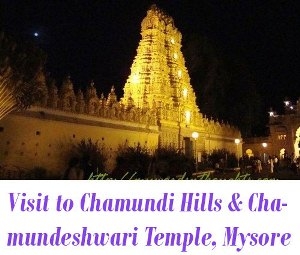
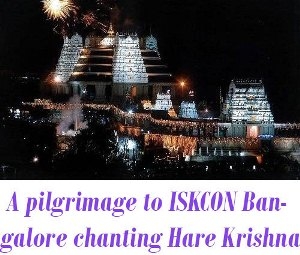
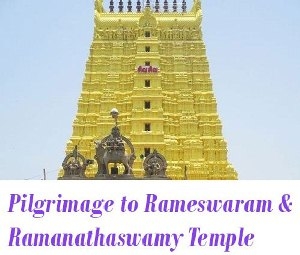
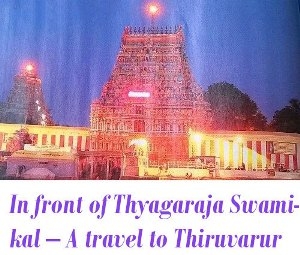
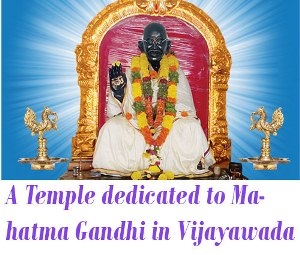
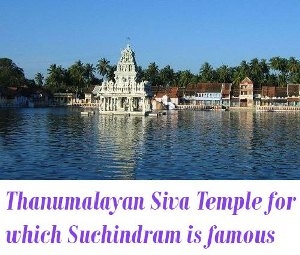

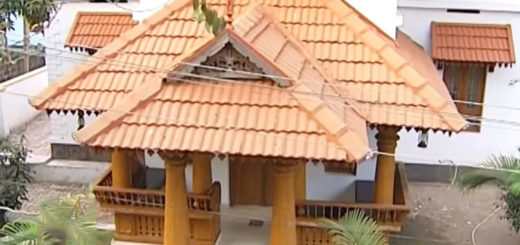
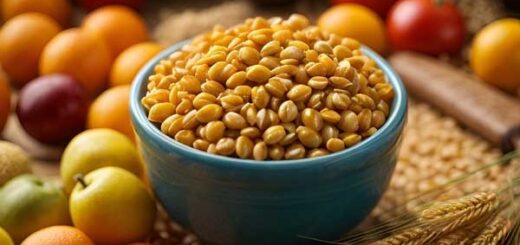
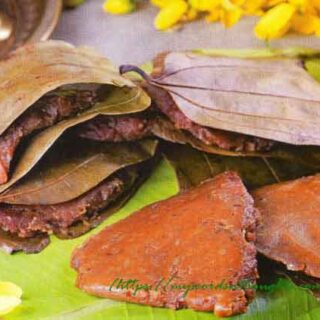









Recent Comments